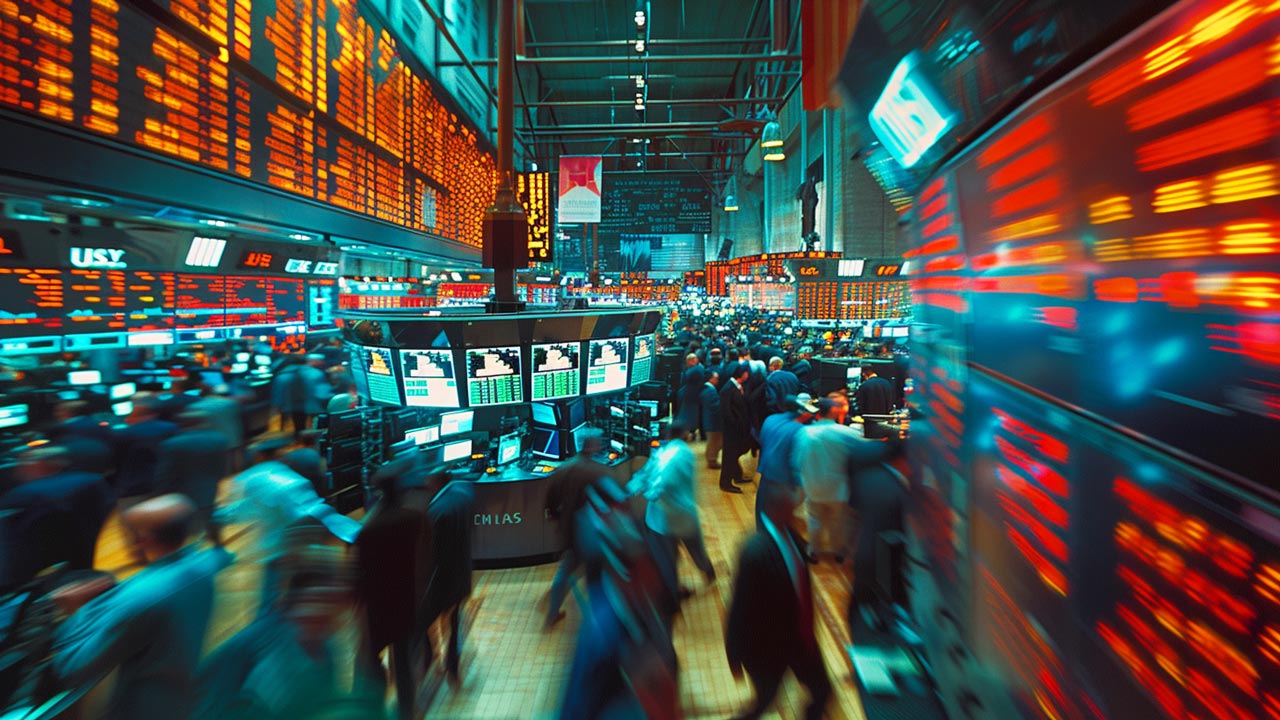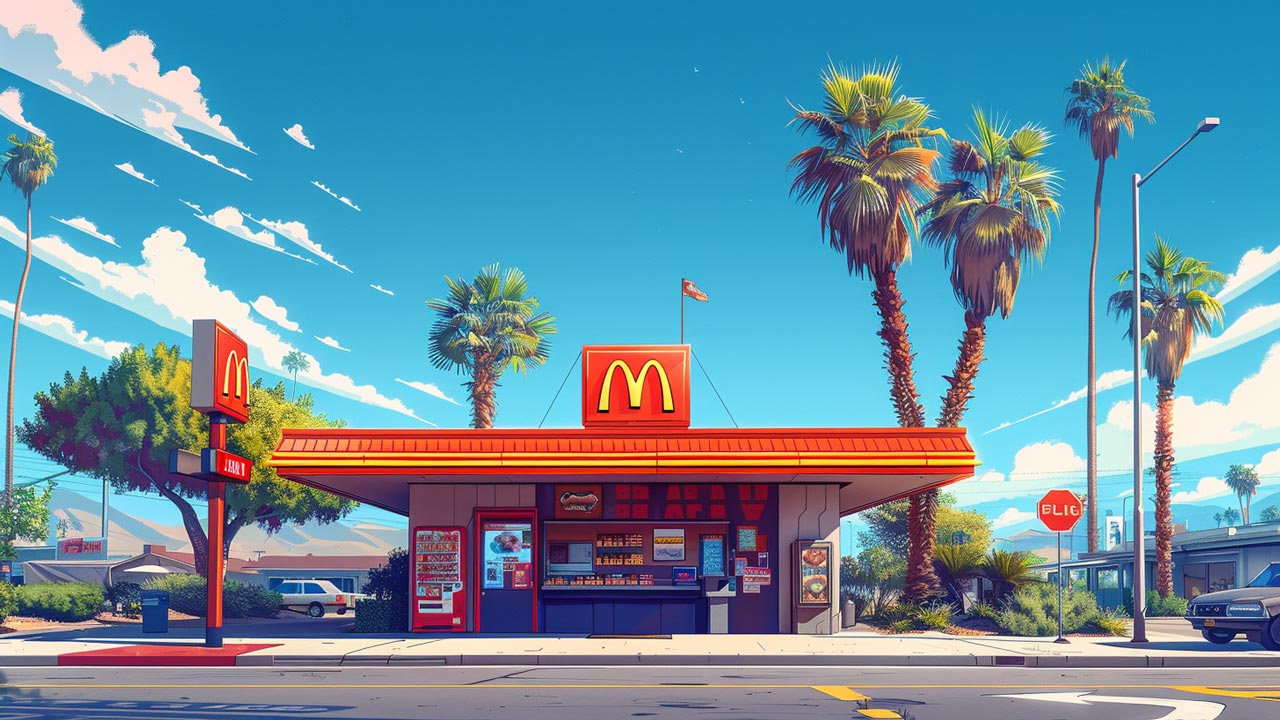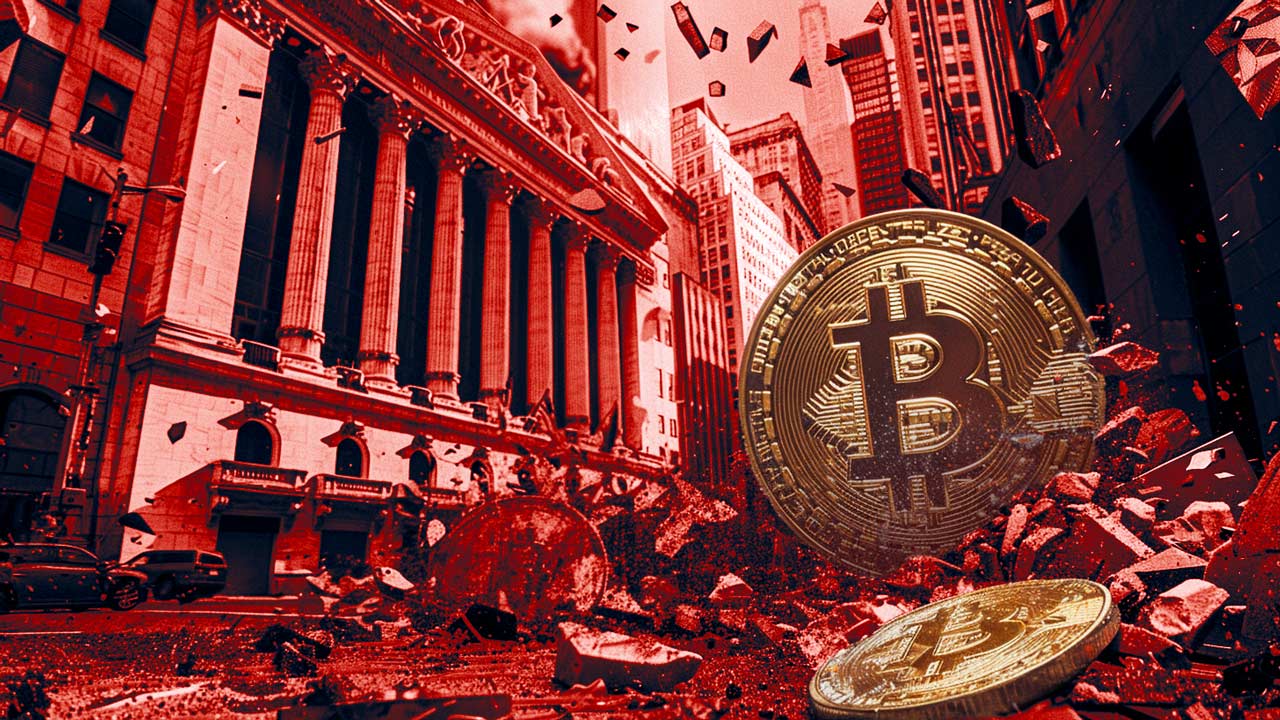What is an Economic Bubble?
Economic bubbles are an important concept for any investor to grasp because they result in drastic price corrections of a commodity, security, bond, etc. Recent examples include the Dot-Com bubble of the 1990’s or the Housing Bubble of 2008, which kicked off the Great Recession. But what are economic bubbles and why do they form in the first place? Understanding how to spot them is the key strategy for any successful investor who wants to know when to sell an asset or short a stock.
Common Economic Bubble Indicators
Correctly identifying economic bubbles for investing in assets like stocks means paying attention to things like price history, investors, market hype, and put buying.
Price History
Get to know a stock’s pricing trends. Is it inherently volatile or are there other factors like climate change, political upheavals, governmental regulations that have caused its price to spike in the past? Price spikes may have less to do with investor euphoria than common external factors.
Investors
Another consideration is who is investing. Top investors are likely the first ones to arrive, followed by less knowledgeable ones looking to take advantage. Inexperienced investors tend to have less strategy and make more impulsive decisions, which can drive up the price and create a bubble. Once your armchair investor starts to get in the game, it may be time to get out.
Market Hype
Economic bubbles are usually preceded by unusual investor excitement, media coverage, wild claims, and other such hype. Separate such noise from the fundamentals of the stock and the company. Stick to reputable experts who work in the market every day and take their advice.
Options Trading
An increase in call buying suggests elevated speculation and is generally a sign that investors are overly optimistic on future stock price appreciation. A decrease in put buying suggest an elevated level of complacency, where investors see little need to insure their portfolio against the possibility of stock prices falling.
General Definition of an Economic Bubble
An economic bubble is formed when central banks hold interest rates artificially low, resulting in over-priced assets, such as stocks, bonds, and real estate, a miss allocation of resources, excess speculation, consumption and borrowing, and insufficient savings. Inevitably rising consumer prices will force interest rates to rise, exposing the problems created during the bubble.
When the bubble pops, over-valued asset prices collapse, and the economy enters recession as the mistakes and misallocations made during the bubble years are corrected. The further interest rates are kept below their natural level, and the longer they are held there, the more mistakes and misallocations will be made, and the more sever will be the recession necessary to correct them.
Low Interest Rates Inflators
When central bankers artificially lower interest rates, it lowers the cost of borrowing capital for individuals and business. Low or even negative interest rates also reduce incentive to save. Instead of keeping money in banks, individuals begin moving their wealth into more speculative investments like the stock market. More credit means more speculation and prices can be pushed beyond reasonable levels. Low borrowing costs gives people more capital to invest, which can result in misallocated of resources, bad investments, and over-speculations. Capital begins flowing into the bubble making them even larger.
Once prices become unsustainable, an asset selloff begins and the economic bubble begins to deflate. Bad investments are then quickly sold for less than their original costs. The result is severe market volatility and contraction of credit and the money supply. Resources that previously flooded into the bubble begin to flow out to other investments.
The Federal Reserve’s Impact
Because the Fed controls the federal funds rate, it exerts an enormous power on interest rates, and consequently, the formation of bubbles. Since the 2008 financial crisis, the Fed has kept interest rates at historic lows for nearly a decade. The implications for the economy are negative. With little incentive to keep their money in zero-interest savings accounts, more people have been moving to invest in securities. Recent stock market records like the Dow Jones highest closing record are seen by many as having all the hallmarks of a stock market bubble in the making.
Why doesn’t the Fed fear low interest rates? For one, most current Federal Reserve presidents are Keynesian economists. To them the most important thing to keep the economy growing is ensuring credit flows easily to consumers and investors. So the Fed sees inflation as good, despite the fact that it devalues the currency, inflating asset bubbles that inevitable burst, increases the cost of living, and lowers the standard of living of the nation. Real credit must come from under-consumption and savings, and cannot be conjured out of thin air by a central bank without dire economic consequences.
Driving Off the Economic Cliff
Economic bubbles occur from a misallocation of savings, spending, and investments. Savings and wealth creation are the best ways to ensure rational investment. It makes sense that easy credit can promote bad investments, while an individual or businesses savings are more apt to be protected through careful market analysis and investment.
Both over-speculation and easy credit were key factors in the 2008 housing bubble. Investors were convinced prices would continue to rise, and consumers borrowed more than they could afford to repay. There was an imbalance between savings and investment for both homeowners, who were upside-down in their mortgages, and investors who were bidding up housing prices beyond their true value.
Some economists are seeing similarities between the beginnings of the housing bubble and the current situation within the auto market. Record levels of car owners are upside down with their auto loans, owning more than their cars are worth. Easy credit and low introductory interest rates are setting many consumers up for failure. Additionally, car loan debt is being bundled together and sold to investors in a similar way subprime loans were sold for bundled housing debt.
The Fed continues to keep raising interest rates at historic lows. Future rate hikes, when they come, are likely to continue to be intermittent and insignificant. Inflation, however, is ramping up and the dollar is loosing purchasing power while the stock markets continue to set record highs.
Safe haven investments like buying gold and silver are effective ways to combat inflation and preserve your wealth.

Get Peter Schiff’s latest gold market analysis click here – for a free subscription to his exclusive weekly email updates.
Interested in learning how to buy gold and buy silver?
Call 1-888-GOLD-160 and speak with a Precious Metals Specialist today!




 Whenever an election year rolls around, domestic manufacturing becomes a more central theme of discussion. Candidates from both sides, who seem to disagree on almost everything else, never waver in their commitment to auto manufacturers in Detroit and the steel industry. Republicans and Democrats never forget to remind the American public that they will try […]
Whenever an election year rolls around, domestic manufacturing becomes a more central theme of discussion. Candidates from both sides, who seem to disagree on almost everything else, never waver in their commitment to auto manufacturers in Detroit and the steel industry. Republicans and Democrats never forget to remind the American public that they will try […] The wizards at the Fed and US Treasury have been forced to acknowledge that their “transitory,” inflation is, in fact, quite “sticky.” And with the inflation elephant now acknowledged by the circus of high finance, Treasury yields keep inching up, recently reaching 4.7% — the highest since November. The Fed is stuck: It needs to raise interest rates to tame inflation and […]
The wizards at the Fed and US Treasury have been forced to acknowledge that their “transitory,” inflation is, in fact, quite “sticky.” And with the inflation elephant now acknowledged by the circus of high finance, Treasury yields keep inching up, recently reaching 4.7% — the highest since November. The Fed is stuck: It needs to raise interest rates to tame inflation and […] The solution to a problem shouldn’t make the problem worse. But apparently, California’s policy makers missed that memo. On April 1st, the state instituted a $20 minimum wage for fast food workers, the highest in the US. With California’s absurdly high cost of living, the policy appeared to make life more manageable for low-income residents. Unfortunately, as the adage goes, “If it sounds too […]
The solution to a problem shouldn’t make the problem worse. But apparently, California’s policy makers missed that memo. On April 1st, the state instituted a $20 minimum wage for fast food workers, the highest in the US. With California’s absurdly high cost of living, the policy appeared to make life more manageable for low-income residents. Unfortunately, as the adage goes, “If it sounds too […] The monetary battle of the 20th century was gold vs. fiat. But the monetary battle of the 21st century will be gold vs. bitcoin. With Wall Street jumping into the game with bitcoin ETFs, a bitcoin halving recently splitting the block reward for miners in half, and both gold and bitcoin hovering near their all-time highs, it’s a great time for […]
The monetary battle of the 20th century was gold vs. fiat. But the monetary battle of the 21st century will be gold vs. bitcoin. With Wall Street jumping into the game with bitcoin ETFs, a bitcoin halving recently splitting the block reward for miners in half, and both gold and bitcoin hovering near their all-time highs, it’s a great time for […] What is Nvidia? If you’re a committed gamer the question may sound like nonsense. Nvidia, which was founded in 1993, is a tech company that makes GPUs and other products. It originally specialized in making products for the video game industry, that assisted in 3D rendering. If you were a committed gamer, you probably owned their products. If you weren’t, you might not have heard of them.
What is Nvidia? If you’re a committed gamer the question may sound like nonsense. Nvidia, which was founded in 1993, is a tech company that makes GPUs and other products. It originally specialized in making products for the video game industry, that assisted in 3D rendering. If you were a committed gamer, you probably owned their products. If you weren’t, you might not have heard of them.